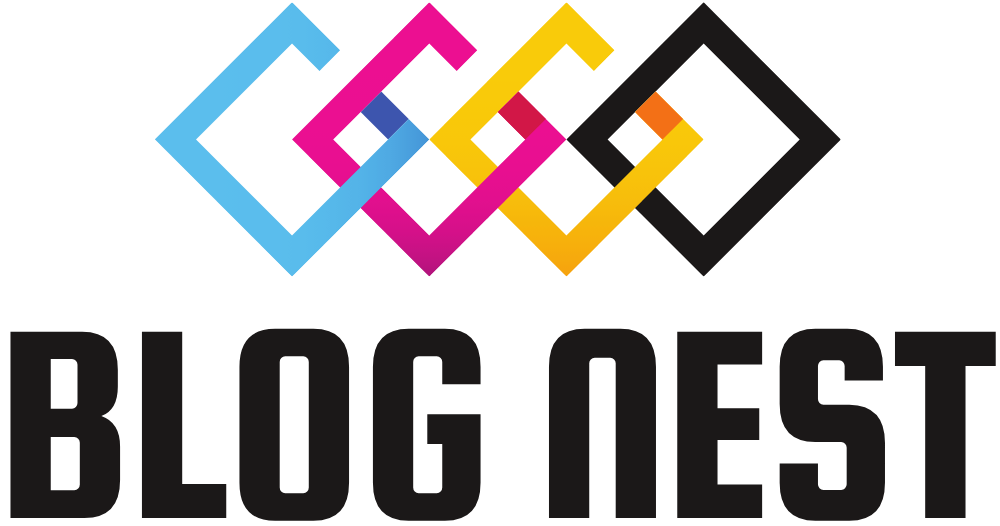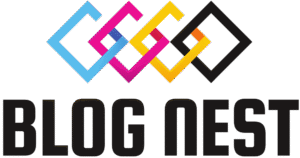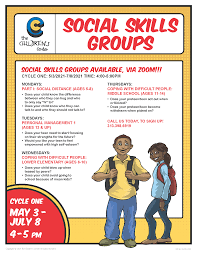When substance use spirals out of control—whether it’s drugs or alcohol—it can take a devastating toll on an individual’s physical health, mental well-being, relationships, and overall quality of life. Fortunately, drug rehab programs and rehabilitation for drinking provide structured, supportive pathways to recovery. These programs are designed not just to help people stop using substances, but also to address the root causes of addiction and equip individuals with the tools to live a healthy, fulfilling life.
In this article, we’ll explore what drug rehab and alcohol rehabilitation entail, the different types of programs available, and how to choose the right one based on your needs or those of a loved one.
Understanding Addiction: The First Step to Recovery
Addiction is a complex, chronic disease that alters brain chemistry and impairs judgment, behavior, and emotional regulation. Whether it involves drugs or alcohol, substance use disorders typically require more than willpower to overcome. Professional intervention is often necessary, especially when an individual has been using for a long time or has tried unsuccessfully to quit on their own.
Rehabilitation for drinking and drug rehab programs offer the structured environments and expert guidance needed to break the cycle of addiction. These programs combine medical treatment, therapy, peer support, and lifestyle coaching to help individuals regain control over their lives.
What Are Drug Rehab Programs?
Drug rehab programs are structured treatment plans tailored to help individuals stop using drugs and maintain long-term sobriety. These programs vary widely in terms of duration, setting, and intensity, but they generally include the following core components:
- Detoxification: The first step, often supervised medically, helps individuals safely withdraw from substances while managing withdrawal symptoms.
- Behavioral Therapy: Cognitive-behavioral therapy (CBT), dialectical behavior therapy (DBT), and other methods help individuals identify triggers, reshape harmful thought patterns, and develop coping skills.
- Medication-Assisted Treatment (MAT): For certain addictions, such as opioids, medications like Suboxone or Methadone may be prescribed to reduce cravings and ease withdrawal.
- Individual and Group Counseling: One-on-one therapy and group sessions offer emotional support and accountability.
- Aftercare Planning: Preparing individuals for life after rehab with continued support like sober living homes, 12-step programs, or outpatient counseling.
Rehabilitation for Drinking: What Makes It Different?
Rehabilitation for drinking, also known as alcohol rehab, shares many similarities with drug rehab programs but may differ slightly in terms of treatment protocols and medications used.
Key components of alcohol rehab include:
- Alcohol Detox: Withdrawal from alcohol can be dangerous or even life-threatening, particularly for heavy drinkers. Medical detox under supervision is often necessary to prevent complications such as seizures or delirium tremens.
- Therapeutic Support: Similar to drug rehab, alcohol rehab includes behavioral therapy, counseling, and education about alcohol use disorder (AUD).
- Support Groups: Programs like Alcoholics Anonymous (AA) play a significant role in long-term recovery. Many alcohol rehab centers incorporate 12-step philosophies or offer access to similar group support.
- Medication: Medications like Naltrexone, Acamprosate, or Disulfiram may be used to reduce cravings or make drinking less pleasurable.
Inpatient vs. Outpatient Rehab
One of the biggest decisions when choosing a treatment plan is whether to opt for inpatient or outpatient rehab.
- Inpatient Rehab: Patients live at the treatment facility for the duration of their program, which can range from 28 days to several months. This immersive environment is ideal for those with severe addictions or co-occurring disorders.
- Outpatient Rehab: Patients continue living at home but attend scheduled treatment sessions throughout the week. This option works well for those with supportive home environments and less severe addiction issues.
Both settings can be effective; the best choice depends on the individual’s needs, substance use history, and personal responsibilities.
Choosing the Right Drug or Alcohol Rehab Program
Not all drug rehab programs or rehabilitation for drinking options are the same. Here are key factors to consider:
- Accreditation and Licensing: Choose a rehab center accredited by reputable organizations like the Joint Commission or CARF.
- Customized Treatment Plans: Look for centers that create personalized plans based on your specific substance use, mental health, and medical history.
- Qualified Staff: Ensure the facility has licensed therapists, addiction counselors, and medical professionals on staff.
- Continuum of Care: Recovery doesn’t end after the initial rehab phase. The best programs offer aftercare and relapse prevention support.
- Family Involvement: Family therapy or educational sessions can help loved ones understand addiction and support the recovery process.
The Importance of Mental Health in Rehab
Many individuals dealing with substance use disorders also struggle with mental health conditions such as depression, anxiety, PTSD, or bipolar disorder. This is known as a dual diagnosis or co-occurring disorder.
Comprehensive drug rehab programs and rehabilitation for drinking often include mental health treatment as part of their services. This integrated approach ensures that both addiction and underlying psychological issues are addressed, reducing the risk of relapse.
The Road to Recovery: What to Expect
Recovering from addiction is a journey, not a destination. Here’s what that journey may look like:
- Early Recovery (0–3 months): Focus is on detox, building routines, and learning coping skills.
- Ongoing Recovery (3–12 months): Patients often transition to outpatient care or sober living. Therapy and support groups remain critical.
- Long-Term Recovery (1 year+): Individuals continue practicing healthy habits, repairing relationships, and building a life free from addiction.
Recovery isn’t always linear. There may be setbacks, but with the right support and mindset, long-term sobriety is possible.
Support Systems and Community Resources
No one should go through recovery alone. Strong support systems—whether through family, friends, sponsors, or peer groups—can make a significant difference. Many communities also offer free or low-cost resources such as:
- Alcoholics Anonymous (AA)
- Narcotics Anonymous (NA)
- SMART Recovery
- Local counseling centers
- Faith-based recovery programs
These services complement formal treatment and help individuals maintain sobriety over time.
Conclusion
Whether you or a loved one is struggling with drugs or alcohol, know that help is available. Drug rehab programs and rehabilitation for drinking provide the structure, support, and guidance needed to break free from addiction and rebuild a meaningful life.
Choosing the right program might feel overwhelming, but taking that first step—seeking information, reaching out, or talking to a healthcare provider—can change everything. Recovery is possible, and with the right help, hope is within reach.







